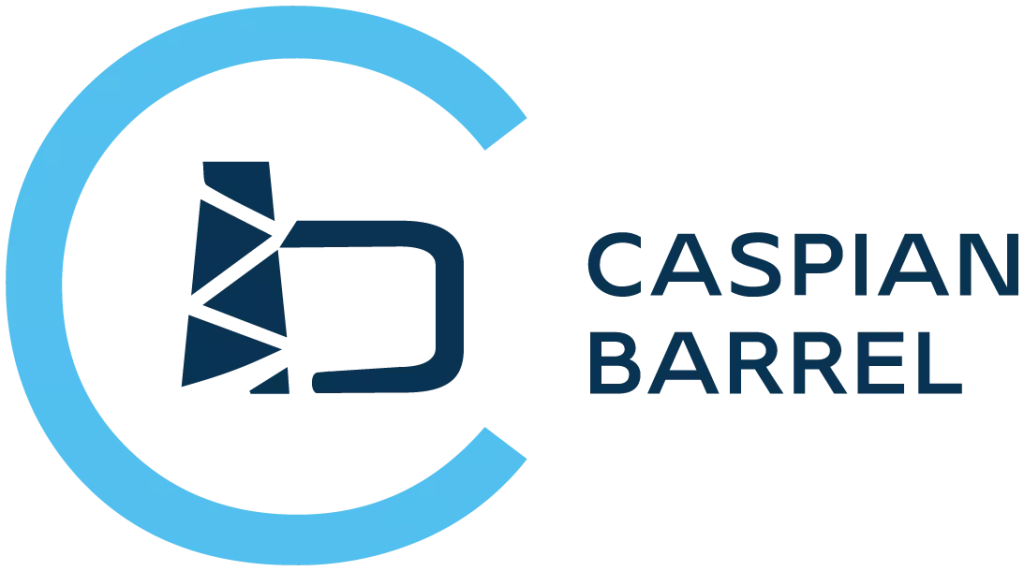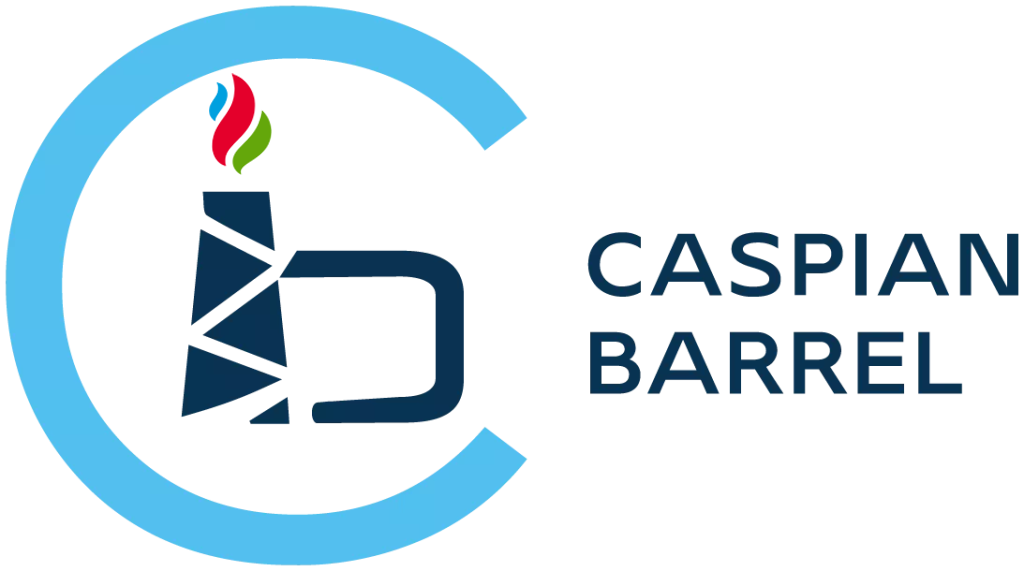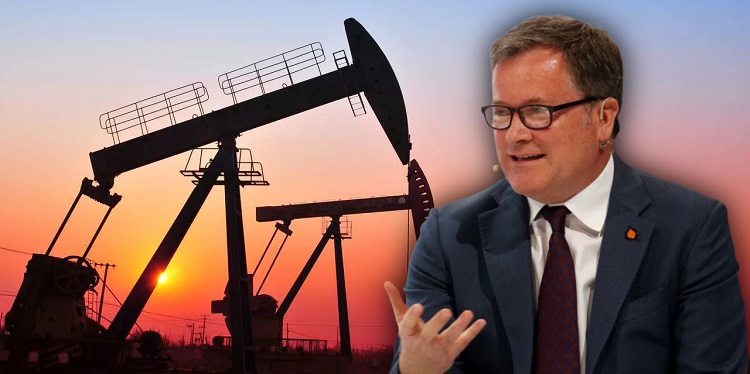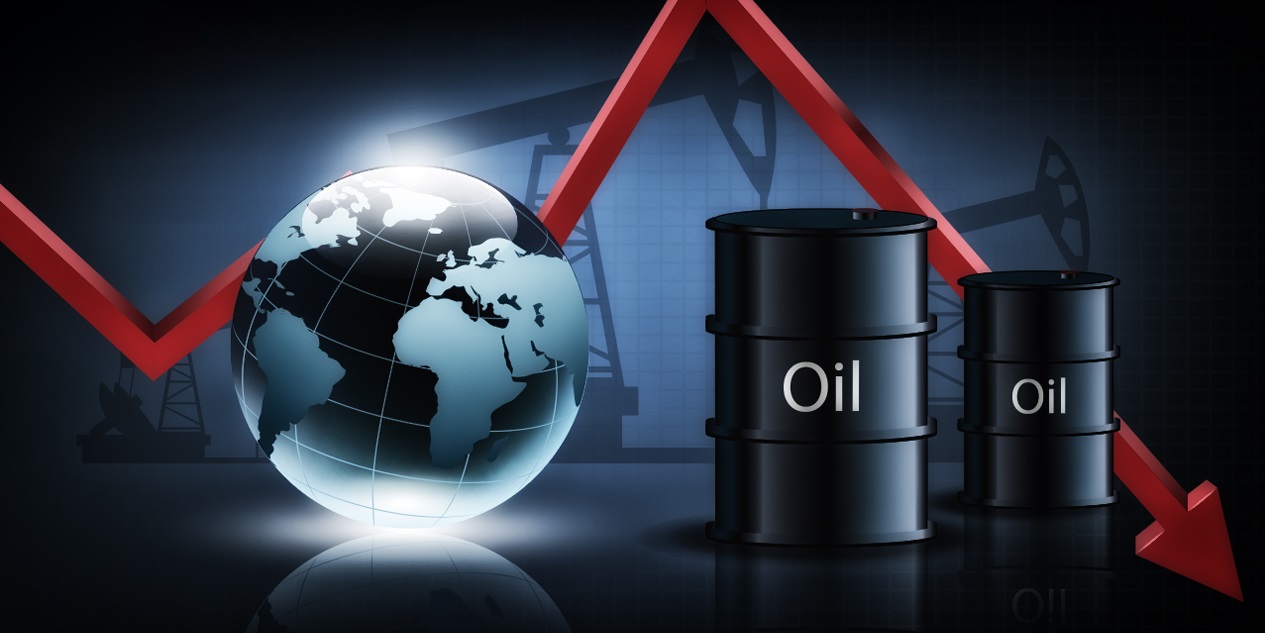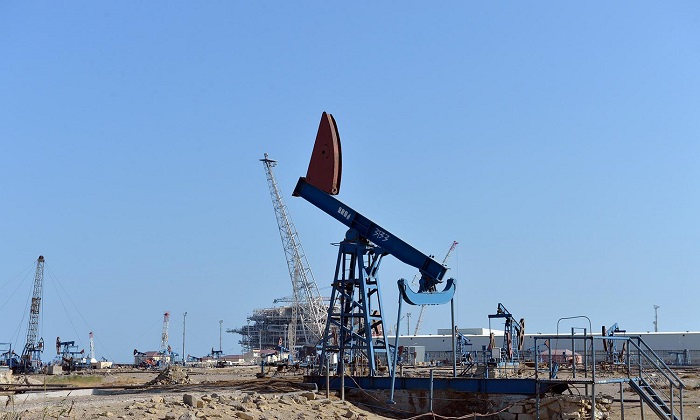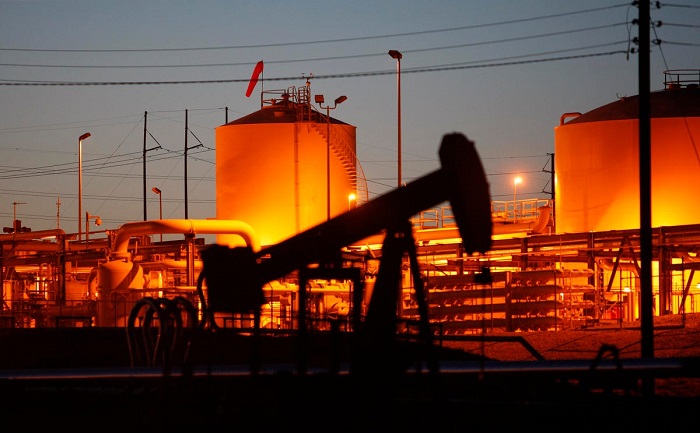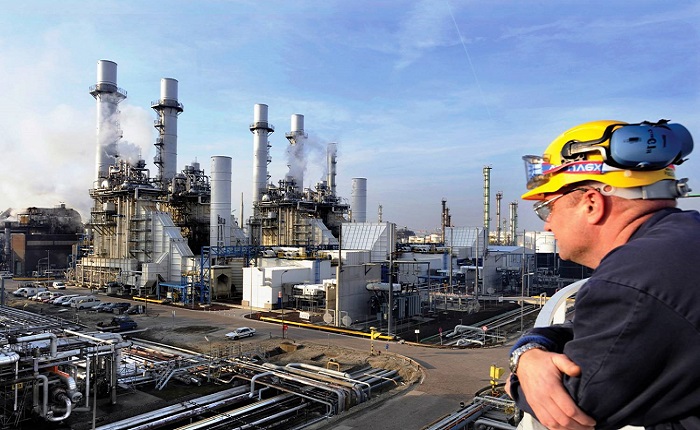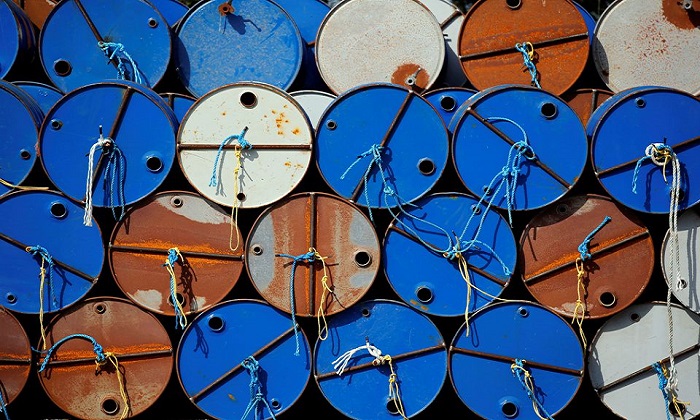The head of Vitol Group, the world’s biggest independent oil trader, expects crude demand to come roaring back this year and next as the world emerges from the pandemic, Report informs, citing Bloomberg.
Demand for crude will increase by 7 million to 8 million barrels a day by the end of 2022, up from current levels, and producers will be stretched to meet that surge, Vitol Chief Executive Officer Russell Hardy said in an interview.
“We will need all eight cylinders to get through 2022,” Hardy said. “We believe $70 to $75 a barrel is an entirely sensible outcome for the third quarter,” he said, making a rare specific call on oil prices.
Vitol handled more than 7 million barrels of crude and products a day in 2020, giving it keen insight into fluctuations in global supplies and demand.
Global oil demand remains about 3.5 million barrels a day below pre-pandemic levels, Hardy said. Consumption should rebound by year-end as Covid-19 vaccines continue to be rolled out, lockdowns are lifted and travel for leisure and business resumes.
He cautioned that a recent spike in Covid-19 cases in India and other virus hotspots could derail the recovery.
Hardy sees demand for jet fuel continuing to lag a rebound in other petroleum products, with demand still expected to be about 1.5 million barrels a day below pre-pandemic levels by year-end. The shortfall in aviation fuel consumption will be offset by a similar sized 1.5-million-barrel a day increase in use for other oil products, such as petrochemicals used in plastics, Hardy said.
Oil traders and producers rushed to fill up tanks on land and at sea a year ago as the pandemic and government-imposed lockdowns crimped demand. The price of a key U.S. oil benchmark briefly traded below zero as there was nowhere to store the excess oil. This week, West Texas Intermediate futures are trading at around $64 a barrel.
Energy traders made huge gains last year storing cheap crude in tanks or ships they owned or leased and selling forward futures contracts at higher prices. Vitol earned around $3 billion in profit in 2020, according to people familiar with its accounts, the best financial result in its history. The closely-held company doesn’t disclose its annual earnings.
Hardy said more than half of the 1 billion barrels of excess oil stocks squirreled away in response to the market collapse in 2020 have already been drained. The excess inventory draw downs should be largely completed by the end of the third quarter of this year, even with planned production increases by OPEC. About 2 million barrels a day are currently being drawn down and that pace will continue through June, July and August, according to Hardy.
After collapsing a year-ago, crude has roared back amid a recovery in Asia, positive vaccine news and the lifting of lockdowns in some countries. International benchmark Brent has gained about 30% in 2021 as investors bet the re-openings will stoke consumption and keep draining inventories.
“That’s going to come from OPEC because there is no other massive expansion coming because there is generally capital discipline across the West,” Hardy said, suggesting hobbled U.S. shale production won’t be able to significantly respond.
OPEC+ has decided to revive just over 2 million barrels a day of the 8 million barrels of production it’s been keeping offline. The supply will be returned in stages over the three months to July. The producer group is discussing downgrading next week’s full-scale ministerial meeting, delegates said, a signal the coalition may stick with plans to gradually revive oil production.
“OPEC will be in charge for the second half of the year,” Hardy said.
